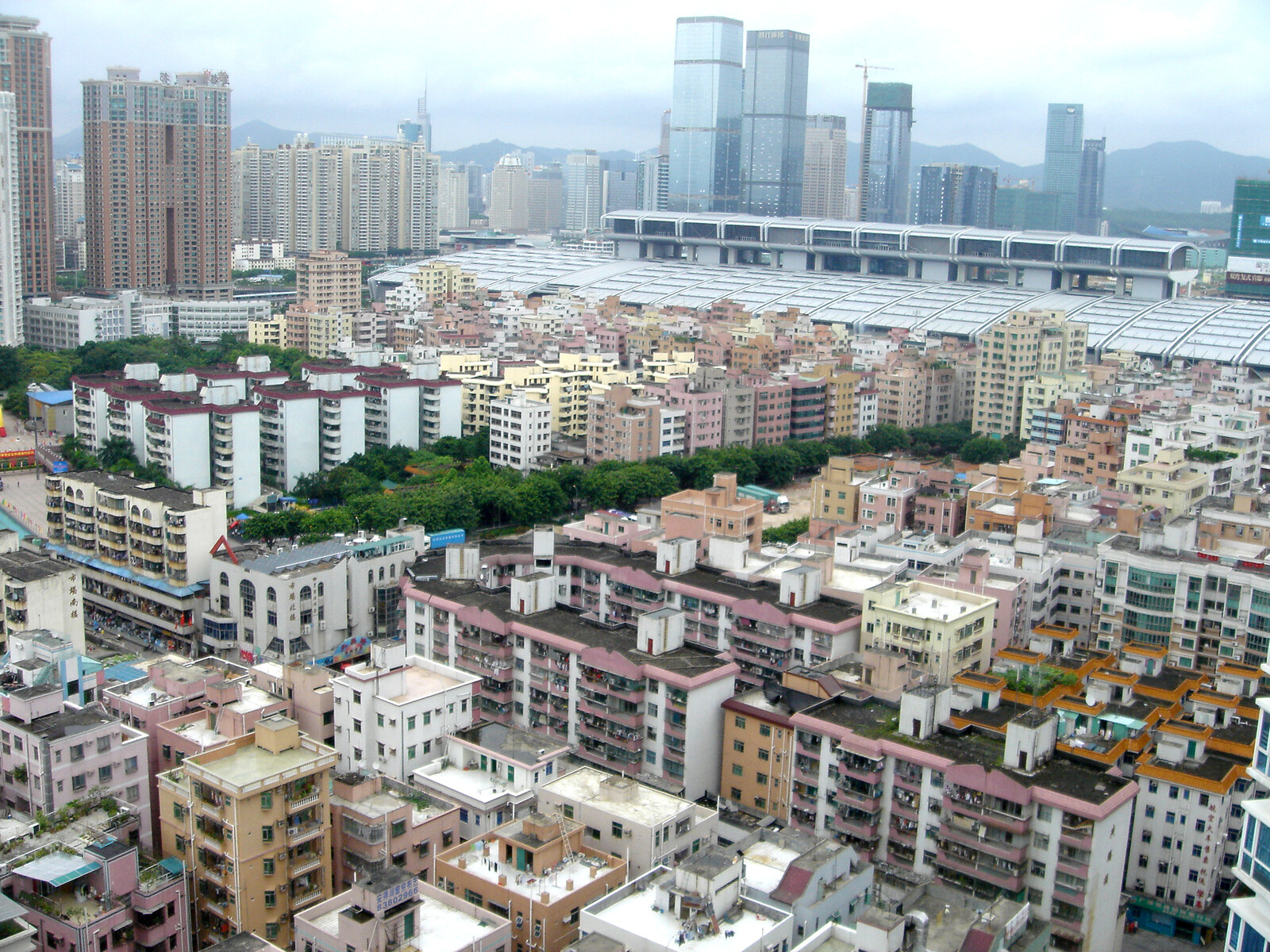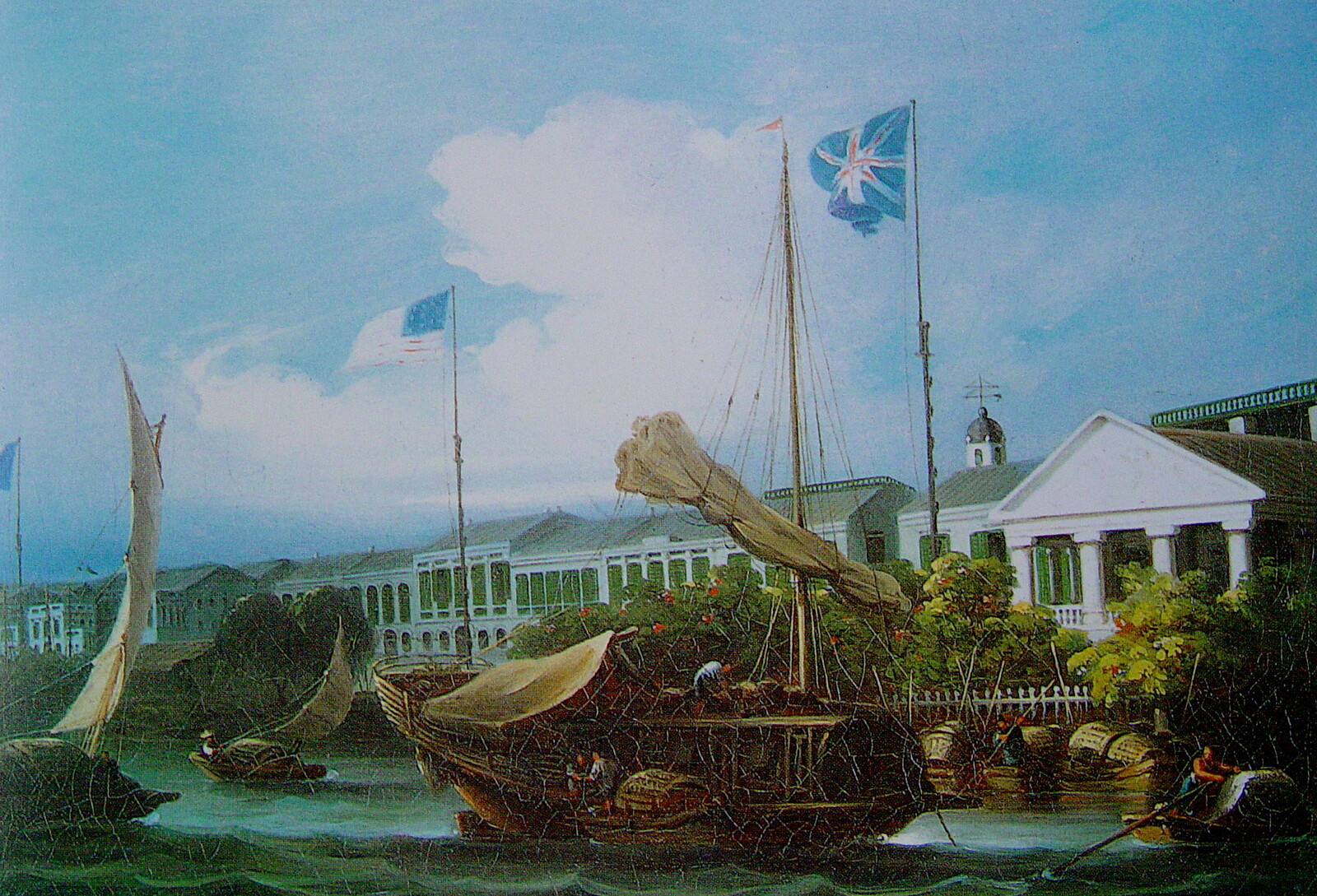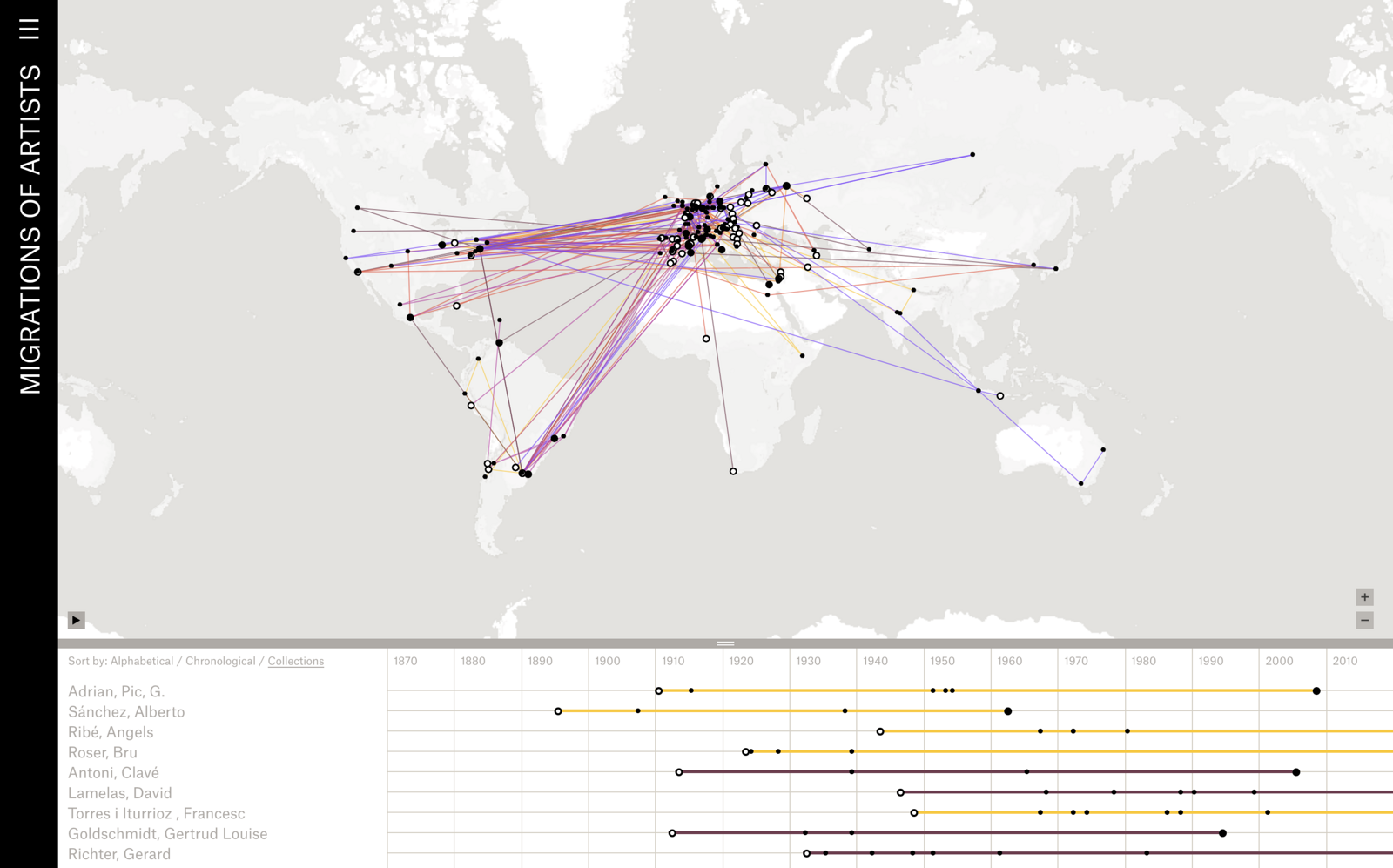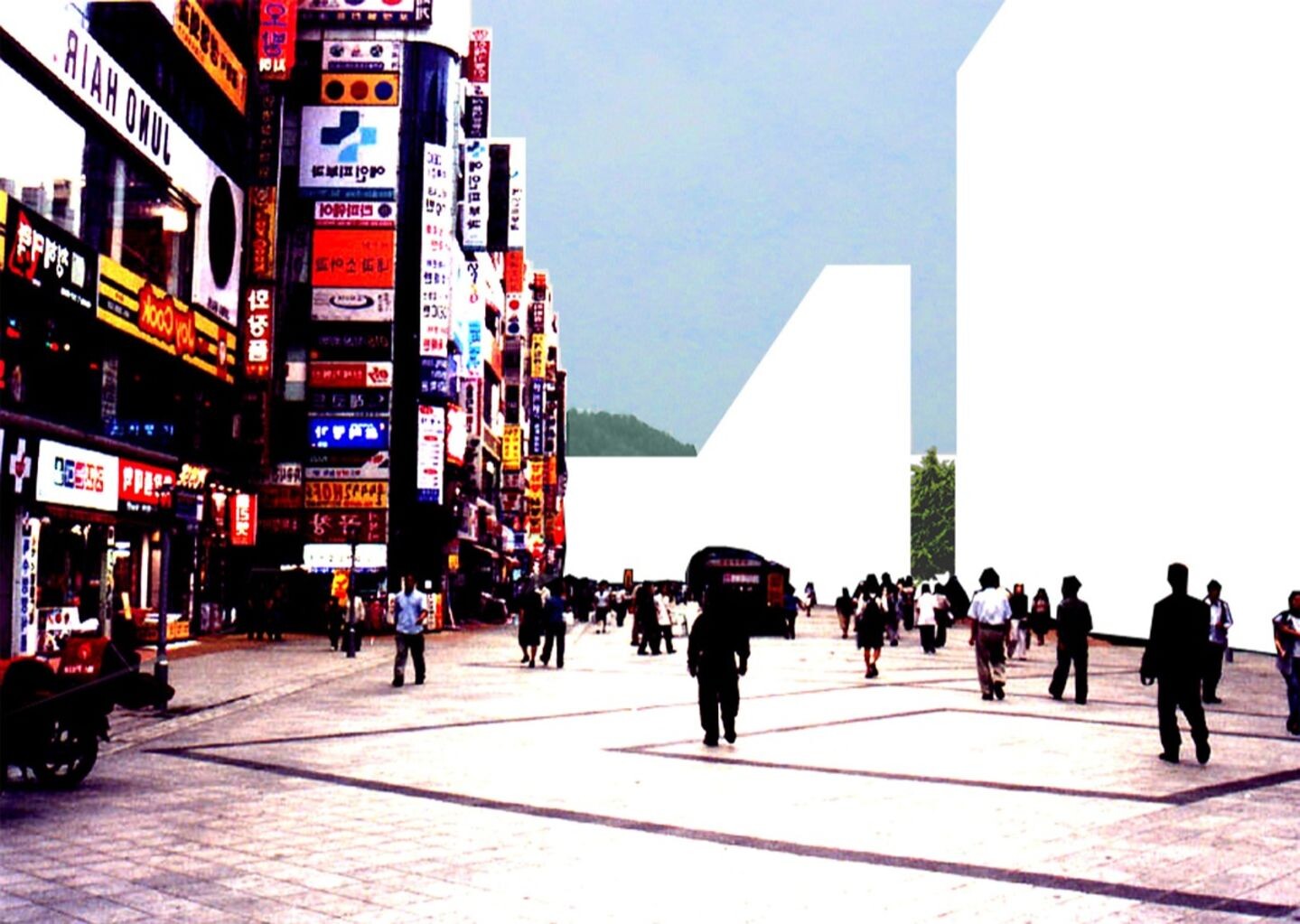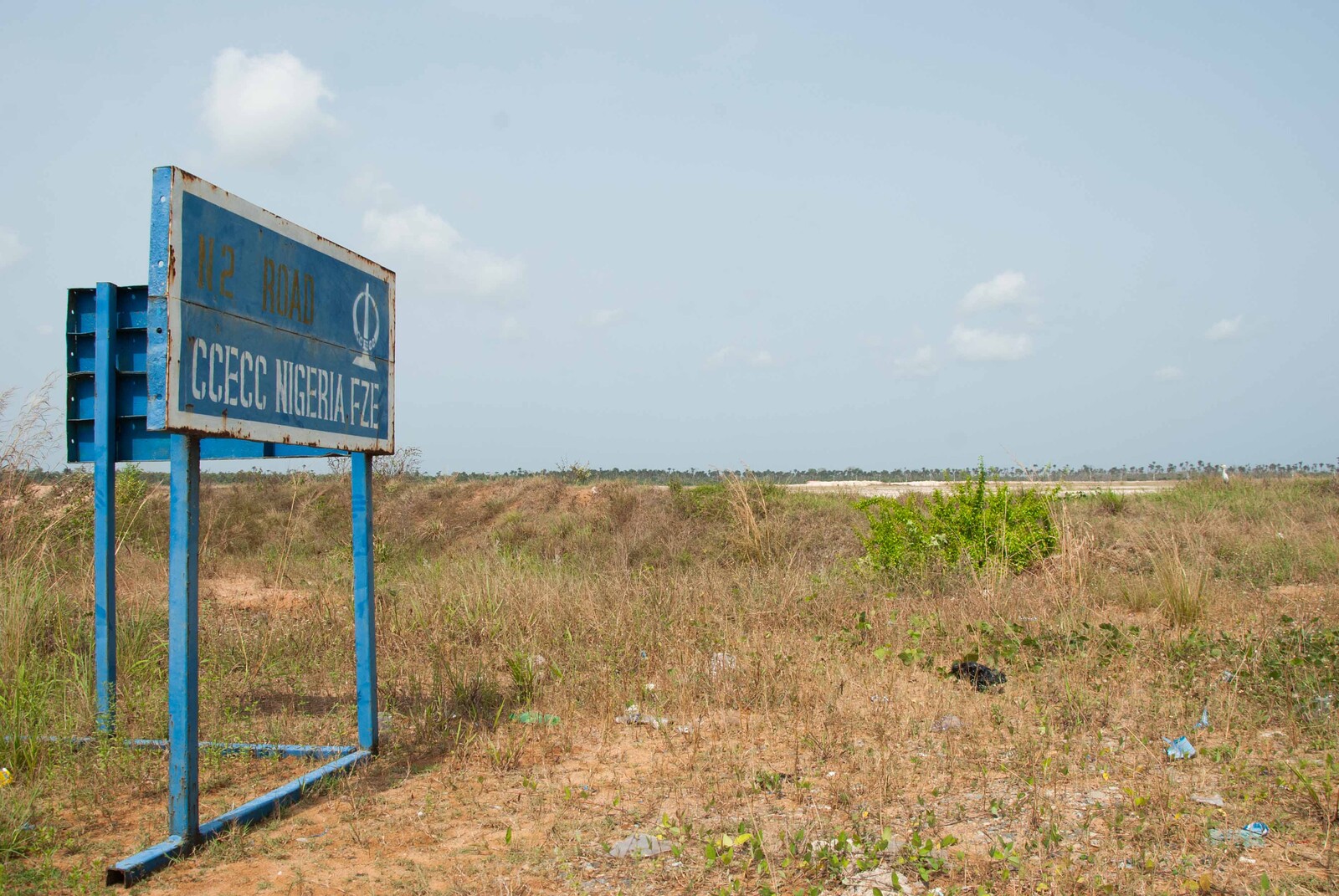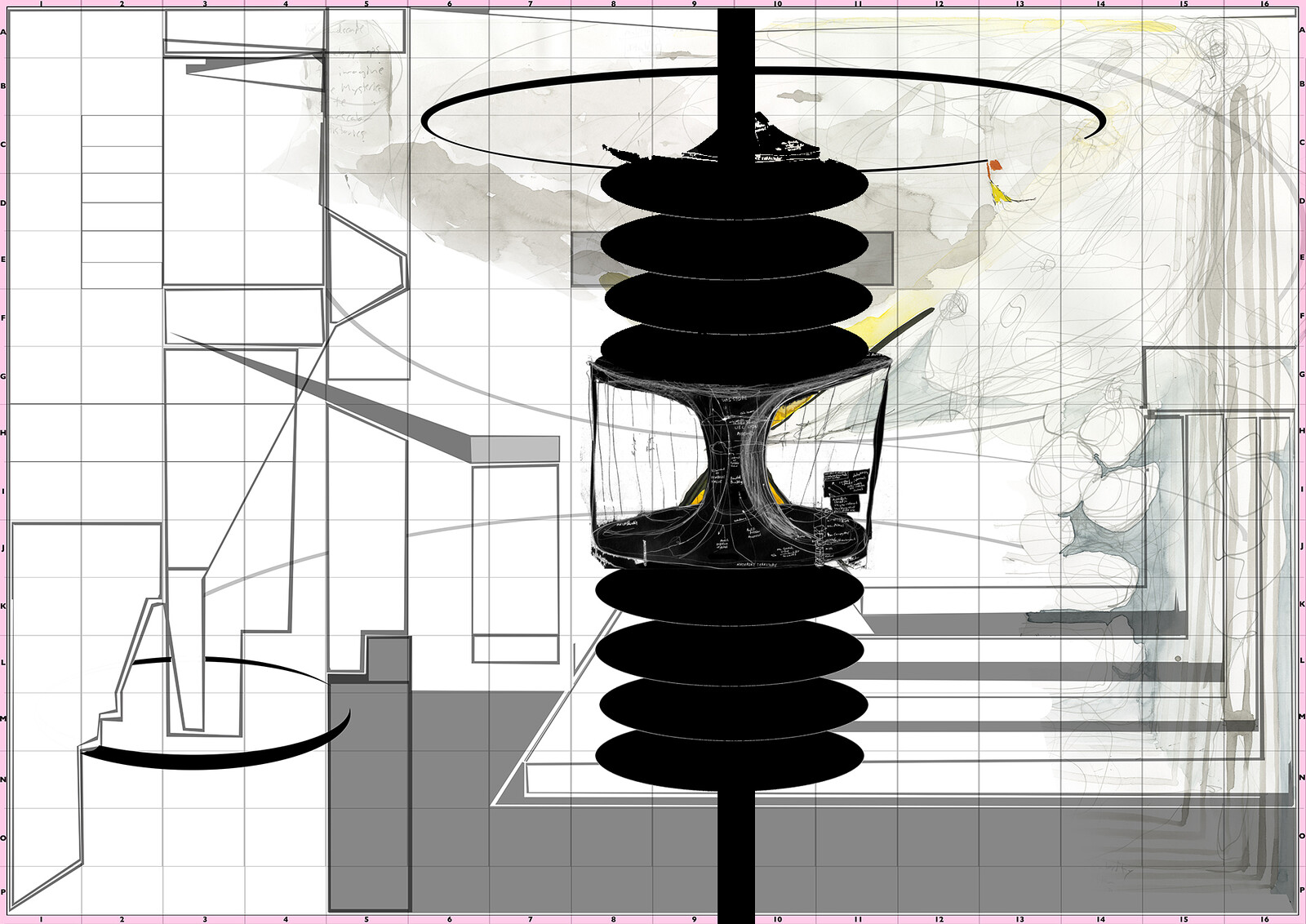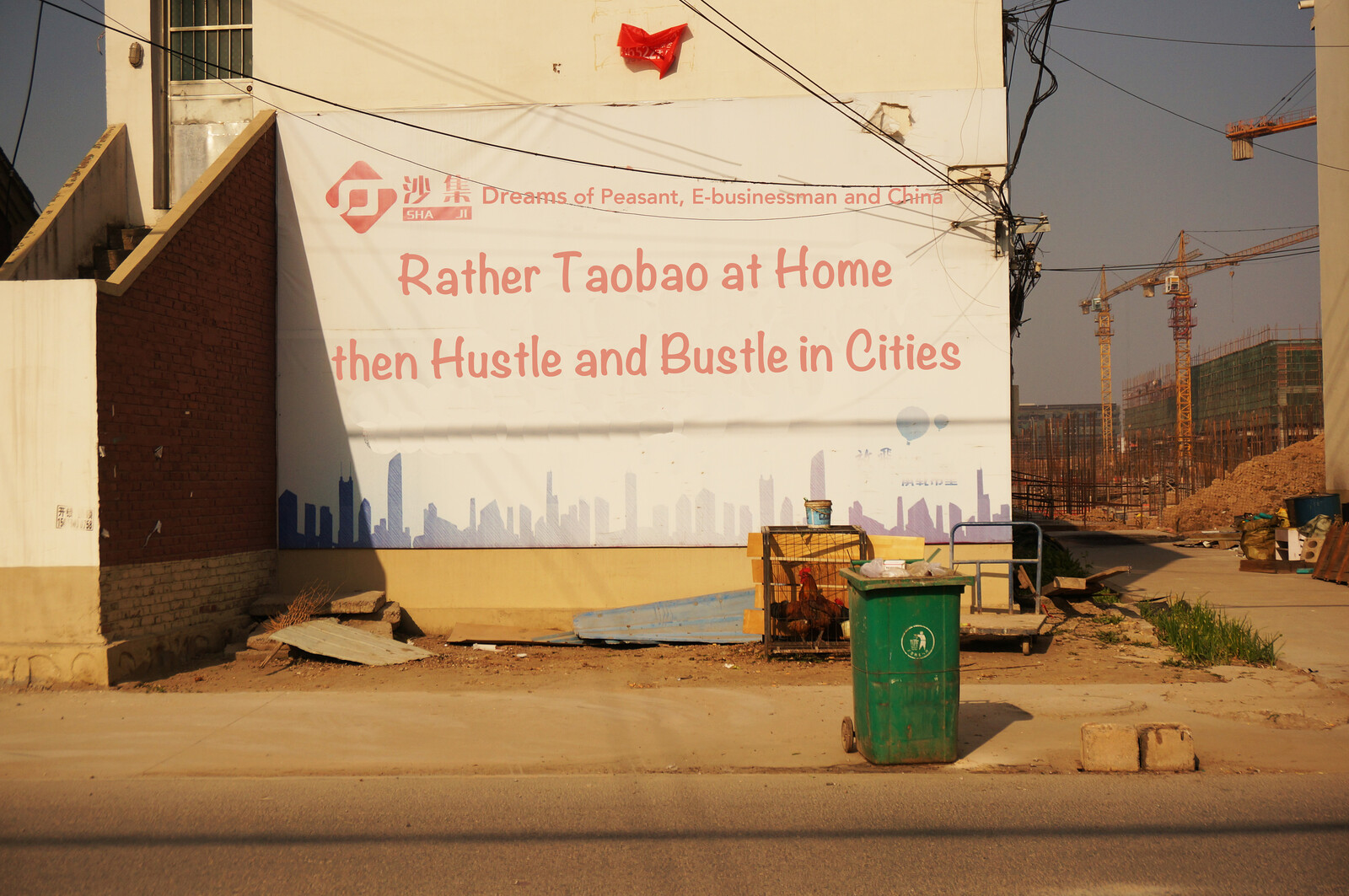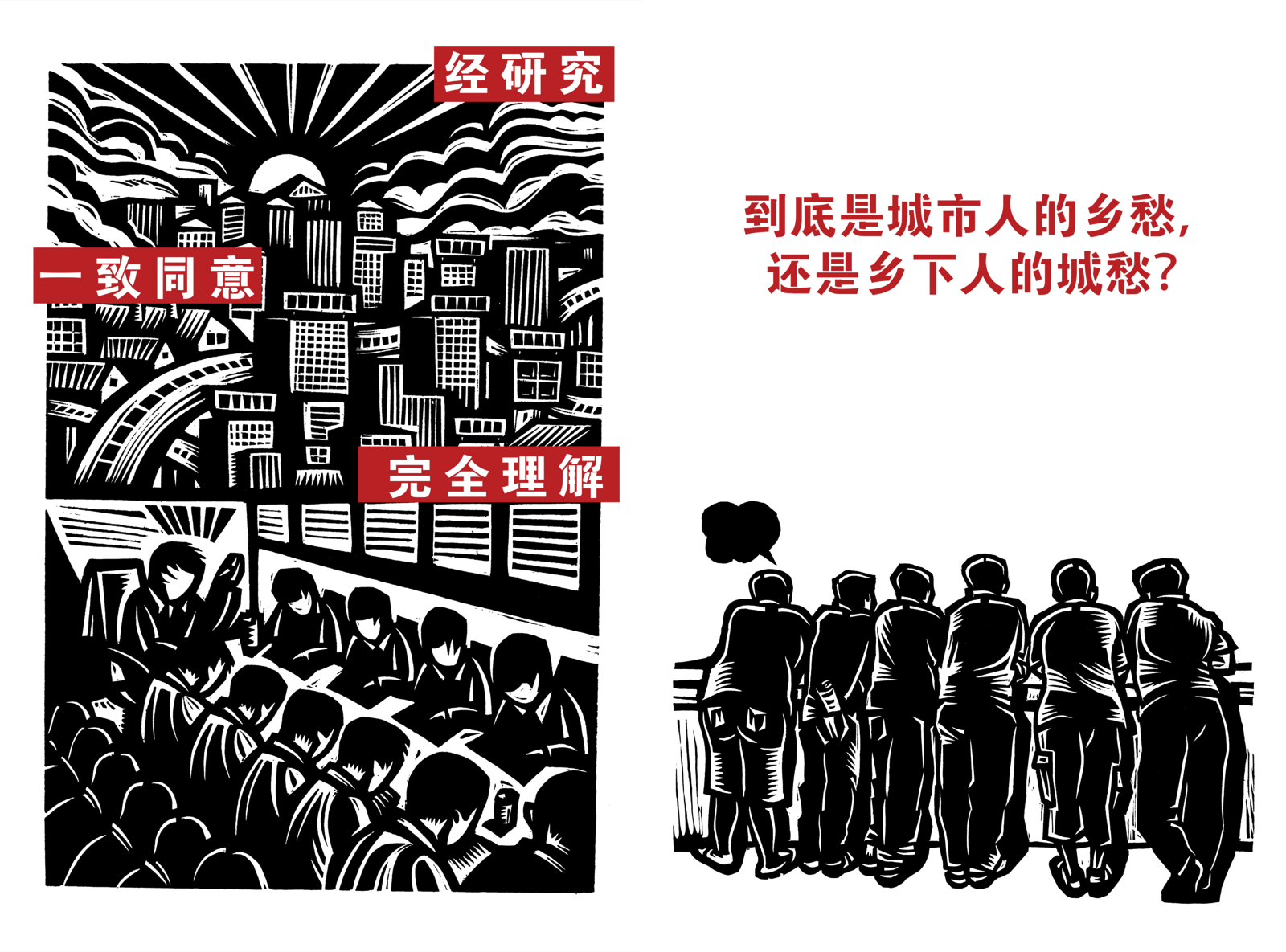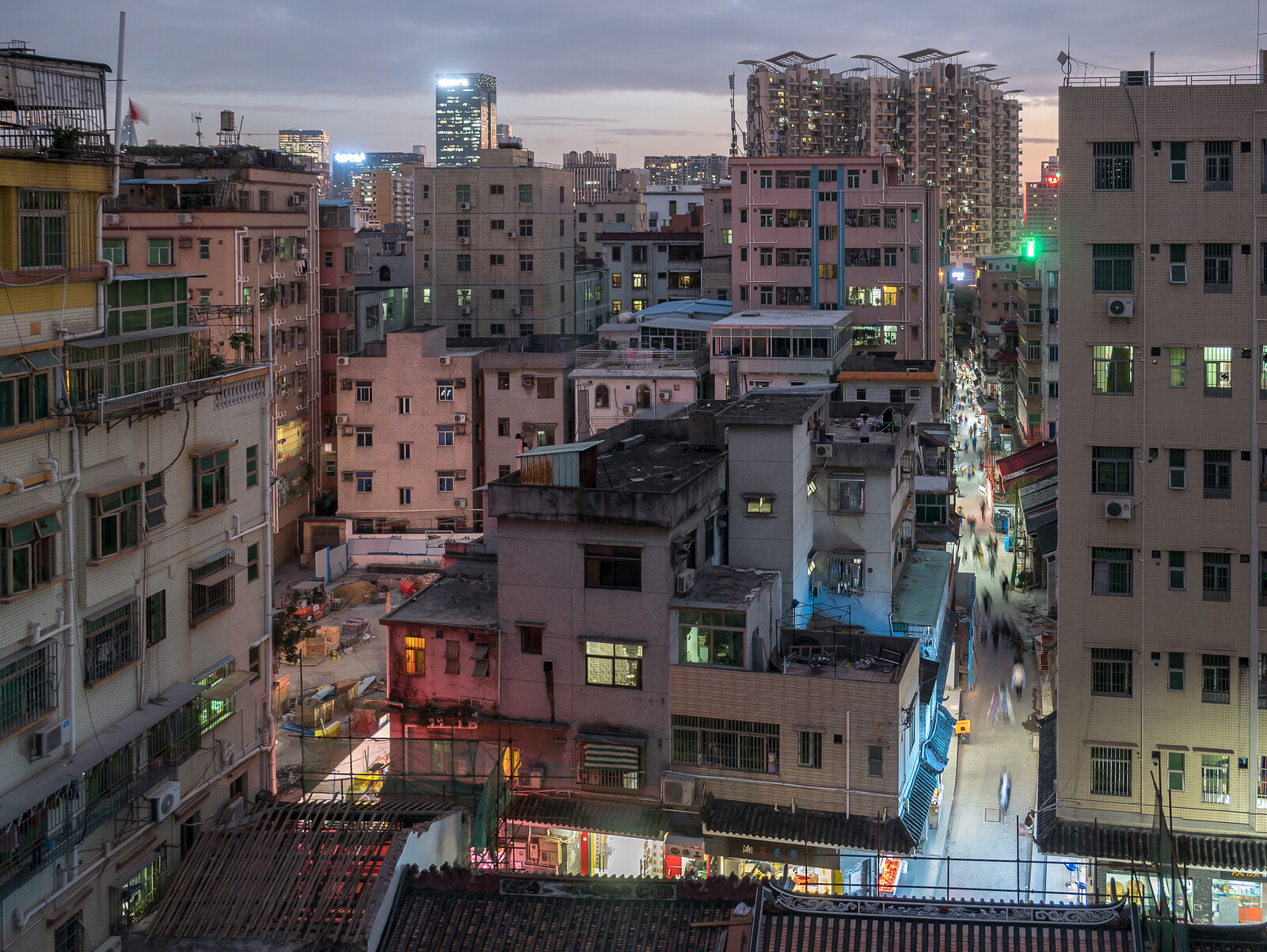Andy Merrifield refers to the old architectural notion of the “urban tissue” as a “fine-grained texturing, as a mosaic and fractal form that has some delicate content, some feel to it, something we can touch and manipulate in our own conceptual hands, think feelingly, as it were.”1 It is the materiality of encounter among things, materials, and bodies that exceed the capacity to map, measure, and account for their oscillating relationships. It is a tissue in the sense that it contains a constant push and pull of different practices of connection that simultaneously compete with and complement each other, not in consensus, but in cross-patterning of stitch and weave, turn-taking, and “looking-out for,” what Toni Morrison attributes to quilting gatherings of women.2 Survival for an urban majority of poor, working, and lower-middle class populations means covering the angles, hedging all the different ways things can be disrupted, changed.
As ways of life and built environments are ripped up, displaced, and wasted, urban tissue becomes increasingly reduced to a flicker in the dark, pulsations here and there without regular pattern. As cities continue to “look outward,” beyond their own peripheries to which inhabitants are increasingly pushed and for the possibilities beyond themselves, constantly hunting for attention and money, metropolitan governments pay less and less attention to those who inhabit the administrative territories to which they are responsible. In situations such as these, what kinds of practices of “looking-out for” endure? What are the affordances of care, of people looking out for each other?
I have long been concerned with districts of the working poor across Africa and Asia. These are sites of excessive energy, full of cascading surges and attenuations, speed-ups and slow-downs. The grinding repetitiveness of labor across small factories and workshops conceals other rhythms made up of rash experiments and investments, sudden decisions to temporarily take up different trades, retreats into distant shrines, surges of sometimes amphetamine-extended work hours, surprise visits, and convivial exchanges that cannot find a ready conclusion. The day in and day out may resound, but it provides cover for many other itineraries. It is a matter of switching up what Ben Anderson calls the different geo-historical styles of relating to the future: “the manner through which ‘the future’ eventuates (as surprise, as continuity, as un-anticipatable, as repetition and so on).”3
The prevailing political game, while seeking to extract as much as it can, or to provoke time-consuming internecine disputes, doesn’t know quite what to do with the power these districts generate. Yet neither do residents, who are consumed by the labor-intensive struggles to make ends meet, locked into particular social formations, territorial consolidations, and repeated compensations for deficient services. And all this energy that is generated in various instantiations of labor, leisure, devotion, and intensity (religious, convivial, political) always threatens to burn out without new inputs. Exhaustion sets in; energy is no longer renewable. These working-class districts exist as intricate machines of experimentation; experimentation that often goes nowhere. But what happens when this “nowhere” becomes more costly and deadly than it does to act as an incentive for recalibration or invigorate the willingness to try things against the apparent grain or prevailing wisdom?
These districts hold intimate freedoms, such as the passion to expend without function, the viscosity of the street and its non-intelligible utterances, gestures, and embraces. The districts provide no social guarantee of individual integrity. On the one hand, expenditure does not accumulate social capital or debt, but on the other, it intensely aims for both. This simultaneous presence of dissipation and self-aggrandizement has no apparent mediation; these are not trajectories, after all, to be mediated.
An urban tissue holds in place the plurality of activities and sentiments necessary for people to operate in close proximity to each other as sources of information and support. It is also that from which one is to be distinguished, inciting individualized attempts to carve out some niche. As such, it couples accountability and anonymity, traceable lines and unknowable intersections, reachability and imperviousness, articulation and detachment, and visibility and invisibility. There is too much going on for anyone to exert an overarching claim to control it, even though certain figures, from headmen and maulana to party bosses and goons loom large both in peoples’ imaginations and in the deliverance of a territory to connections with various projects of urban renewal and electoral competition.
Political participation often takes place behind the scenes in everyday exchanges between residents, contractors, and workers. Hierarchies are everywhere, with a certain few walking away with the bulk proceeds of a district’s overall production. But the back alleys are also replete with ebbs and flows of success and failure, sudden spurts of money and uneven droughts. From mosque to mosque, bureaucracy to bureaucracy, and factory to factory, there are both official and unofficial emissaries suturing predictable and unexpected outcomes. Everything shifts to the side one way or another. It is always possible for residents not to get stuck.
At the same time, working-class districts are increasingly locked into a limited scope of maneuverability, to the reiteration of long-refined practices that sustain particular levels of livelihood and complexions of sociality. These districts are unable to provide platforms for great leaps, for trajectories of progressive or radical transformation that enable residents to shape the larger urban context in ways that provide enhanced justice and opportunity. There is an overabundance of sentiment among residents in these districts for a different kind of life, characterized both by greater consumption and less arduous working conditions. Yet perhaps more important is their desire for exposure and access to a wider set of experiences; experiences that do not judge them for any relative ineptness and that allow them to put their stamp on things.
The complex entanglements among household composition, entrepreneurial networks, financial reciprocities and dependencies, the dense fabric of everyday living arrangements, the profusion of tipping points, the multiplicity of risks and impulsive maneuvers, and the intensive scrutiny of individual behavior coupled with the indifference largely shown to individualized needs all make for a thick social meshwork that is difficult to alter and reweave. Residents are constantly doing something but are increasingly unsure about what that something is, what it means, and what value it has. Yet the repetition provides the semblance of stability. It is not necessarily a precarious life. The situation is largely felt as being alright. But this repetition also constantly renders the limit of what these districts can be and turn into. The attainment of stability, just this side of precarity, becomes both security and trap.
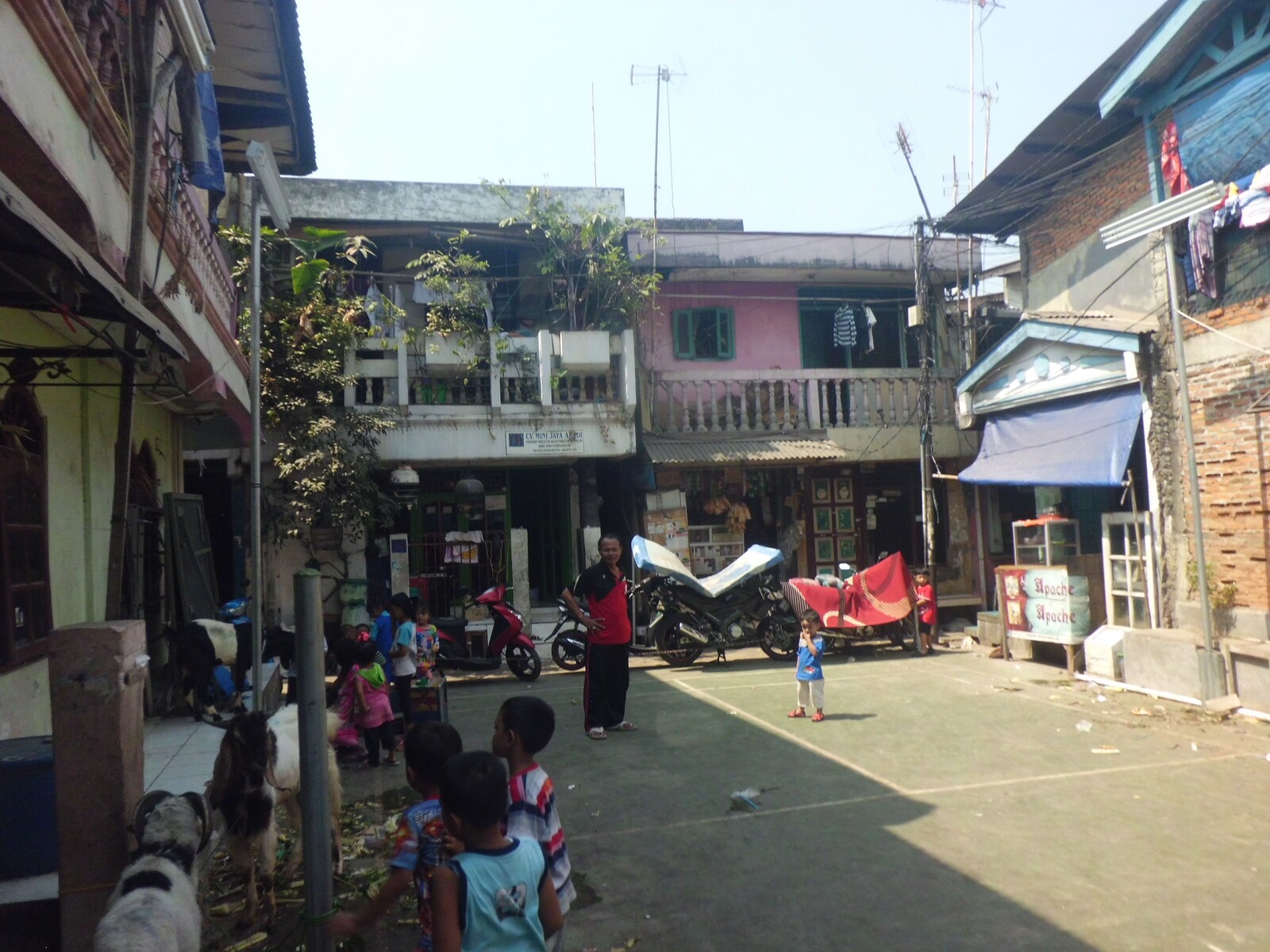
Popular neighborhood, Prampung, Jakarta. Photo: AbdouMaliq Simone.

View of Bassura City from Prampung, Jakarta. Photo: AbdouMaliq Simone.
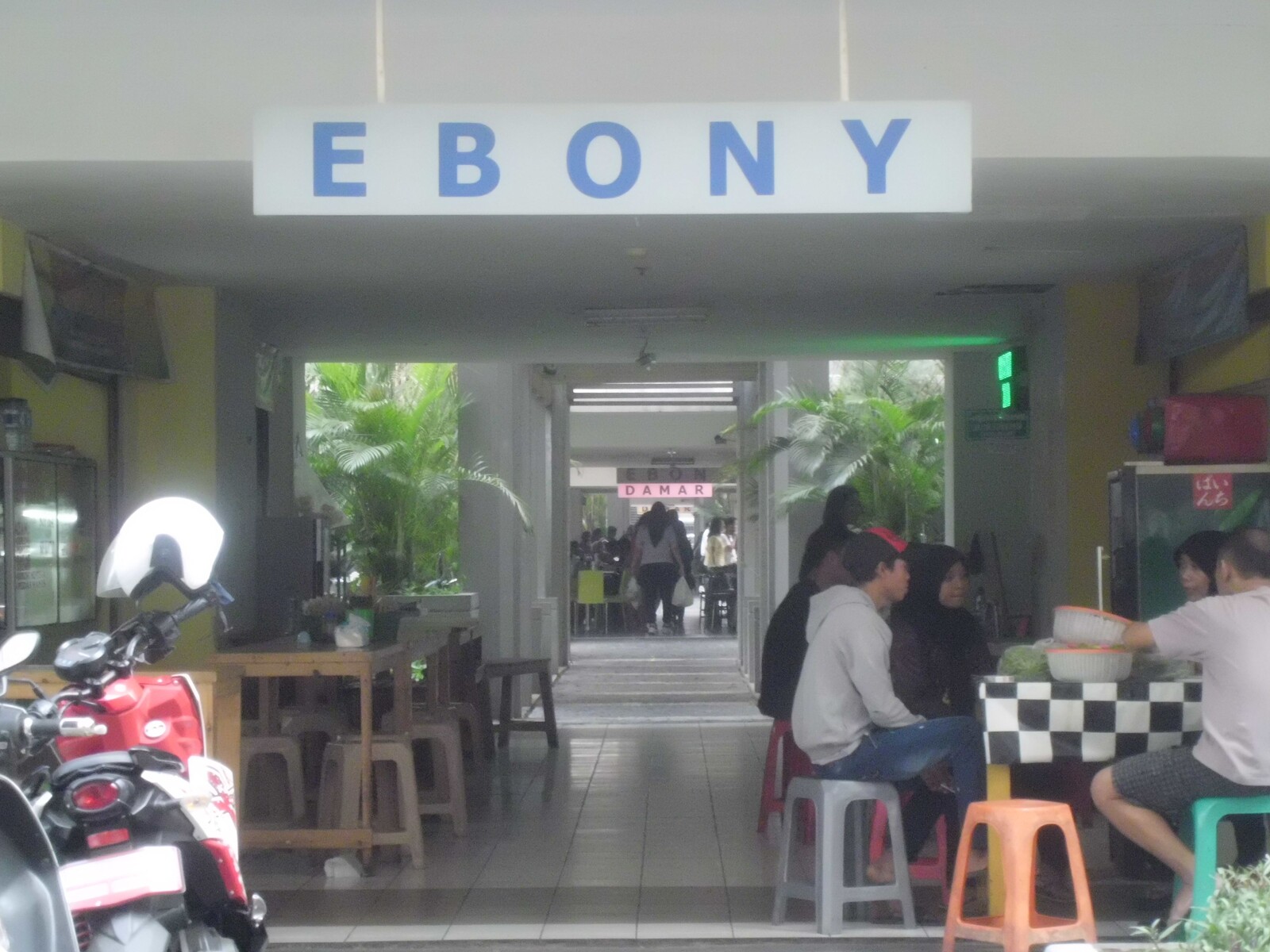
Within Kalibata City, Jakarta. Photo: AbdouMaliq Simone.
Popular neighborhood, Prampung, Jakarta. Photo: AbdouMaliq Simone.
Change is conceptualized, marketed, and consumed largely in terms of altering the built environment. Dense, heterogeneous districts of inextricable residence, commerce, and production have difficulty enduring. They are full of massive infrastructural deficits, only intermittent supply of basic urban services, and a shortage of public institutions of all kinds. While there are no technical prohibitions from making substantial in situ improvements in the physical environment, there is something in how the solidity of small attainments, the thickness of socio-economic fabric, and the weight of an overused physical base intertwine that provides a surface of protection by keeping things the way they are. This intertwining of thickness, solidity, and weight embodies the conditions of precluded transformation, but also a motility that constantly heads somewhere inch by inch without specific destination, creating a sense for residents that things are moving. Complex recalibrations do take place.
In a context of marked inequality, an accelerated individuation of living and work spaces and the re-ordering of density into larger residential mega-blocks will leave many residents further behind. So will the rapid transition to a service economy or the strict adherence to regulatory frameworks that specify how particular spaces are to be occupied and used. There is a risk in changing the built form of places too quickly because the life inside does not change as quick; it doesn’t know where to go or how to be different and still endure. Change, in this sense, tends to mean working longer hours, taking on more debt, and living at far remove from the city, all as an individual.
This is a contaminated tissue, full of the grounding of entities into a rush of particulates. Like both composts and superhighways, it constitutes a surface able to hold almost everything in their repetitive and improvised maneuvers, even if what it holds is increasingly indiscernible. But whatever care does take place increasingly does so in situations of compression and ambivalence. Taking a cue from Alexander Galloway, urban tissue is compressed, and something made up of many different realities and potentials. Compression is about asymmetric encounters, where things operate in the same space but which have no obviously discernible relationship with each other.4 Furthermore, the ground on which they are found and encounter each other embodies a generic orientation—a ground that has no particular definition. Ground is where things can show up in various formats without contradiction. It does not need to be realized empirically according to specific criteria, yet it engenders a sense of being-in-concert. Compression is a mode of appearance that need not constantly “announce” itself and its networked positions. It is a mode of appearance that circumvents the imperative that everything must relate. As such, compression is not the simultaneous folding in of the powerful or the weak; it is neither one thing nor another, but, rather, a withdrawal from distinction—a kind of darkness. At the same time, ambivalence prevails in the ways that some urban residents consider their situations and prospects. Without the distance of perspective, it is not clear how they should anticipate or plan, what they think is possible or viable. What is familiar and relied upon insists on showing up in “strange ways.”
Between now and 2021, 750,000 units of new, so-called affordable housing are scheduled to appear across Jakarta. While this would seem to indicate the consolidation of vertical living as the predominant form of residential life, it has confounding implications for the majority of residents who once exuded confidence in their achievements, in their abilities to construct viable living and working environments, but who now seem to jettison them as somehow being insufficient, as marking them as ineligible for being real “citizens” of the city
The development of such mega-complexes proceeds largely by a process of “hit and run.” The land on which the complex is built has often been acquired through temporary use rights. Units are sold prior to construction and often on a speculative basis, whereby units are resold before the project is completed to avoid property taxes and where the subsequent buyers are often brokers who then parcel out these properties through various subcontracting arrangements.
There are many ambiguities in terms of what constitutes the property unit or the definition of the acquired asset. Real estate developers often inform residents only after they have purchased the unit that, given the often opaque legal arrangements between the developer and owner of the land, property titles will be issued when all of the intended units of the project—such as those still waiting to be built—are sold. Sometimes the acquisition of an apartment unit does not include guaranteed access to water and electricity. What ensues is that in some of these complexes, given the plurality of leasing arrangements, entitling, and service contracts, residents are paying a different price each month for what are otherwise equivalent units.
The bulk of the units on offer measure from thirty-six to forty-two square meters. Thus the amount of physical space does not correspond to the size of most of the households that end up acquiring them. This prevailing imaginary presumes the occupants to be an aspirant, young, middle-class couple with one or two small children who will eventually proceed to move somewhere else. But the reality is that residents of many backgrounds using many different kinds of finance are purchasing units. And even if the residents were as they are designed to be, these types of units are rapidly becoming the new norm, so it is difficult to foresee where their elsewhere will be.
As mortgage systems are limited in Jakarta, property acquisition itself entails a broad mobilization of finance. This includes complex reciprocal borrowing arrangements among families and affiliates, profits from collectively generated economic activities, savings groups, the diversion and laundering of illicitly obtained money, advances on rental agreements for other properties, property swaps, and employee amenities packages. The plurality of finance applied to the acquisition of units also translates to the heterogeneity of residential compositions. Sometimes groups of people who are related to one another through neighborhoods, institutions, or work will acquire entire floors in these buildings. And despite the fact that most buildings are prefabricated, which limits the scope of physical adjustments that can be made to the structure, units and even entire floors are remade to accommodate extended families.
What often occurs in these buildings is an agglomeration of social differences that not only mirror the diversity of intensely mixed poor, working, and lower-middle class districts but also, at times, exceeds them in the plural composition of households. Given that the new environments are not contingent upon residents working out a wide range of everyday residential and economic activities with each other, an atmosphere of anonymity prevails, which is reinforced by the sheer numbers of residents involved in each project. Yet at the same time, this does not necessarily obviate opportunities for residents to pay attention to each other, to take note of each other, to negotiate the allocation of niche spaces, to the recalibrate floors and buildings to accommodate specific clusters of interests and identities, and, most importantly, to create provisional contexts through which such identities can be exceeded.
It is not clear what these provisional collective efforts might accomplish in terms of discernible and sustainable gains. It may be that their sole contribution is simply to continuously unsettle the urban spaces in which they operate, to constitute a kind of enduring refusal, a holding out from conditions becoming too fixed. It may be that their contribution is simply to defer any resolution that turns them into specific kinds of citizens equipped with well-elaborated rights and responsibilities. If this is the case, it is both a productive and precarious “game.”
For as urban life itself works out new regimes of value and information, of what is valuable or not, it is important to prevent the majority of urban residents from becoming expendable, and thus fight for the importance of having rights. But it is also important that residents are not tied down, not apprehended in terms of bearing specific values and capacities. For now, the residents of these vertical projects attempt to place themselves in the interstices of this dilemma, to both wait and move forward.
Andy Merrifield, The Politics of the Encounter: Urban Theory and Protest Under Planetary Urbanization (Athens, GA and London: University of Georgia Press, 2013), 37.
Toni Morrison, Home (New York: Alfred A. Knopf, 2012).
Ben Anderson, “Emergency Futures: Exception, Urgency, Interval, Hope,” Sociological Review 65 (2017), 463–477.
Alexander Galloway, Laurelle: Against the Digital (Minneapolis and London: University of Minnesota Press, 2014).
Urban Village is collaboration between e-flux Architecture and the 7th Bi-City Biennale of Urbanism\Architecture (UABB) within the context of its theme, “Cities, Grow in Difference.”
Category
Urban Village is collaboration between e-flux Architecture and the 7th Bi-City Biennale of Urbanism\Architecture (UABB) within the context of its theme, “Cities, Grow in Difference.”

